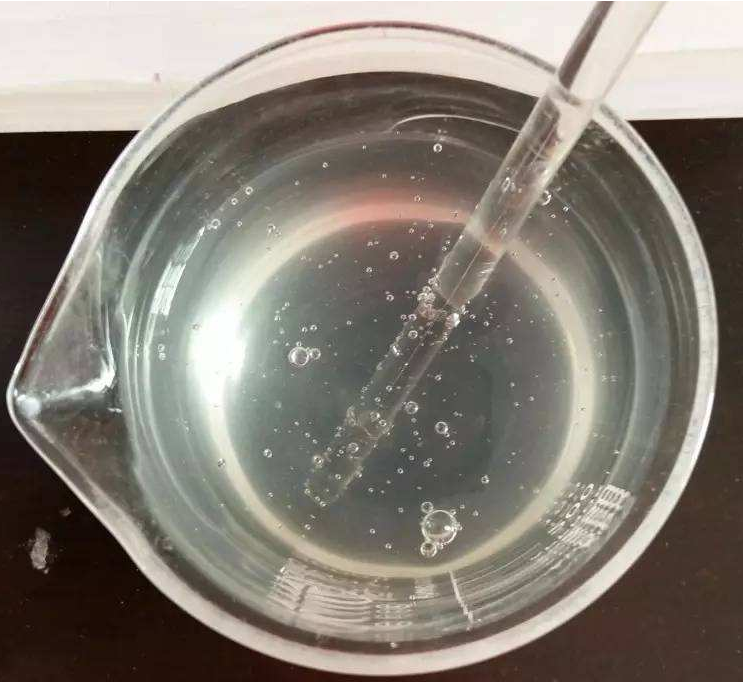Several Major Factors Affecting the Water Retention of Hydroxypropyl Methylcellulose
Hydroxypropyl Methylcellulose (HPMC) is a widely used polymer in various industries, including construction, pharmaceuticals, food, and personal care. One of its key properties is water retention, which refers to the ability of HPMC to retain water within a formulation or material. Water retention is crucial in applications where moisture control, viscosity, and stability are essential. In this article, we will explore several major factors that affect the water retention of HPMC and discuss their significance in different industries. Understanding these factors can help researchers and manufacturers optimize formulations and improve the performance of HPMC-based products.
Molecular Weight of HPMC
The molecular weight of HPMC is a critical factor influencing its water retention capacity. Higher molecular weight HPMC polymers tend to have greater water-holding capabilities compared to lower molecular weight ones. This is because higher molecular weight HPMC has longer polymer chains, which offer more sites for water molecules to interact and form hydrogen bonds. As a result, the hydrated polymer chains swell and retain water more effectively. Manufacturers can choose the appropriate molecular weight of HPMC based on the desired water retention properties for specific applications.
Degree of Substitution (DS)
The degree of substitution refers to the extent of hydroxypropyl and methoxy substitution on the cellulose backbone of HPMC. It significantly influences the water retention characteristics of HPMC. Generally, a higher DS value leads to enhanced water retention properties. The hydroxypropyl and methoxy groups increase the hydrophilicity of the polymer, allowing it to absorb and retain more water. The DS value can be adjusted during the synthesis of HPMC to achieve the desired water retention properties for different applications.
Concentration of HPMC in Formulation
The concentration of HPMC in a formulation directly affects its water retention capability. As the concentration of HPMC increases, there is a proportional increase in water retention. This is because a higher concentration of HPMC provides more available binding sites for water molecules, leading to improved hydration and water-holding capacity. However, it is important to note that excessively high concentrations of HPMC may result in increased viscosity or gel formation, which can negatively impact the application and processing characteristics of the formulation.
Temperature and Humidity
Temperature and humidity are external environmental factors that can influence the water retention properties of HPMC-based formulations. Higher temperatures tend to accelerate the evaporation of water from the formulation, reducing water retention. In contrast, lower temperatures can promote water retention by slowing down the evaporation process. Humidity levels also play a role, as higher humidity can help maintain moisture within the formulation, enhancing water retention. It is crucial to consider the operating conditions and environmental factors when designing HPMC formulations to ensure optimal water retention performance.
Interactions with Other Ingredients
The presence of other ingredients in a formulation can significantly affect the water retention properties of HPMC. Synergistic or antagonistic interactions may occur between HPMC and other additives, affecting the overall water-holding capacity. For example, certain salts or ions present in the formulation may compete with HPMC for water molecules, reducing its water retention capability. On the other hand, incorporating water-retaining additives, such as humectants or polyols, can enhance the water-holding capacity of HPMC. Understanding the compatibility and interactions between HPMC and other ingredients is crucial for formulating effective systems with optimal water retention properties.


